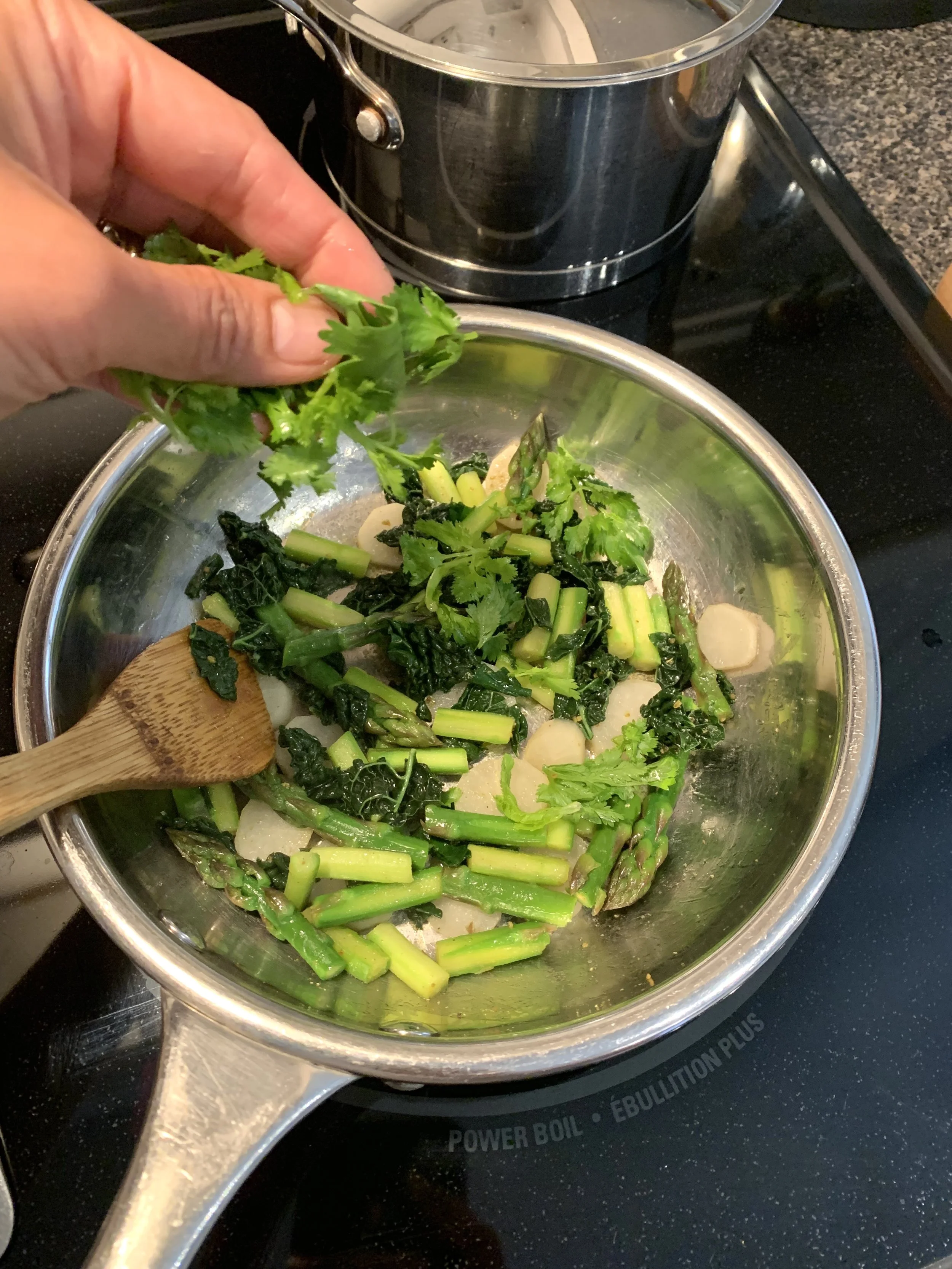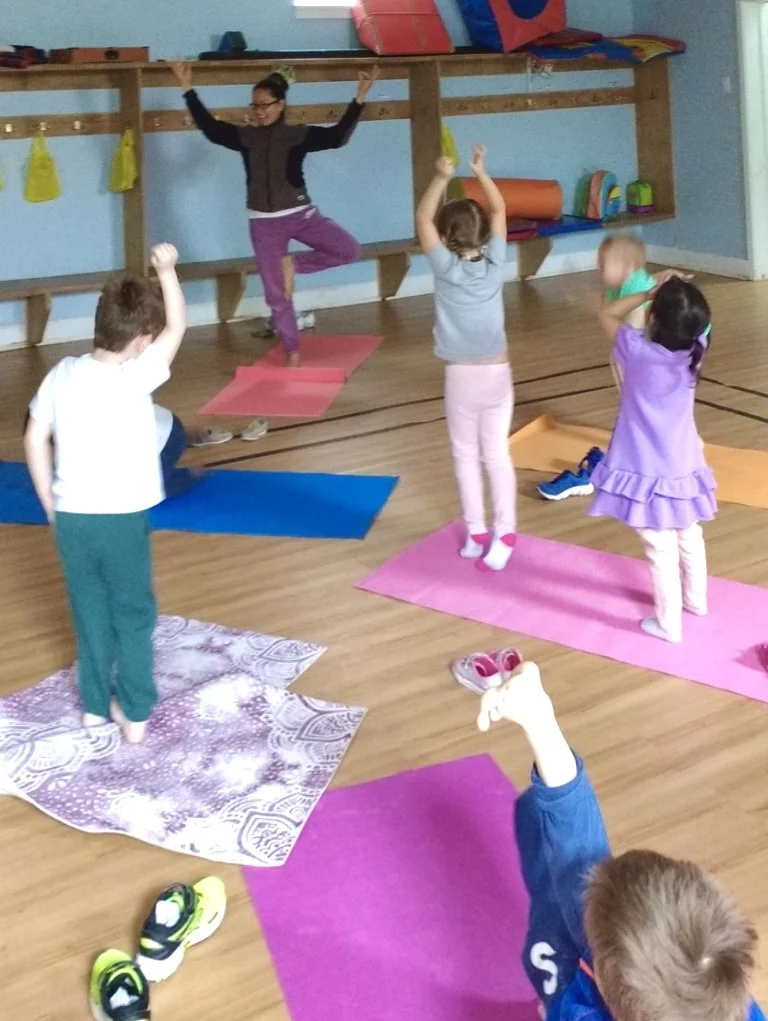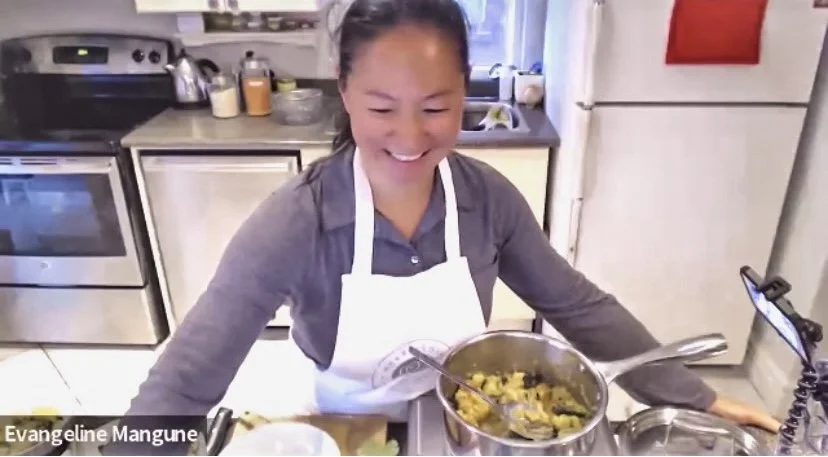Ojas - Resilience and Immunity in Ayurveda
Welcome to my Ayurveda & Yoga blog! I’m Evangeline and I’m an RMT and holistic health coach. I started my blog during covid to stay connected to my clients and share my love of cooking healthy, AYURVEDIC INSPIRED meals.
Ayurvedic cooking is a conscious approach to preparing and cooking tasty, nutritious, balanced meals using spices and herbs, and taking into consideration the external conditions such as the season and time of day, in addition to how you are feeling.
Self-care recommendations are part of treatment protocols in the RMT (Registered Massage Therapy) profession here in Ontario. Self-care, specific to a client’s needs are provided and discussed towards the end of treatment and consists of demonstrating remedial exercises or reminding the client of healthy practices like drinking more water, having a warm bath, or breathing deeply to support the benefits of treatment. And having cooked greens in the diet wouldn’t hurt either. No one can deny that self-care is important, and in Ayurveda and Yoga there are very practical and effective self-care tools we can apply daily to support our health and bolster our immune system.
Self-Care
We have arrived at the golden age of self care but let us not forget ancient healing systems, like Ayurveda and Yoga, which house a treasury of self care knowledge with no gadgets, and gizmos, but time-tested, effective healing practices. At the root of all self-care, whether it’s cooking a healthy meal, stretching at your desk, unplugging from devices, booking in with your therapist, quiet time, and other countless mindful moments, is our essential need for love and nurturing- this space of listening and honouring what we need to feed our soul. In the process of self-care, our seven tissue layers, and in between those layers, our organs and systems, and all our cells are fed tender, loving care, so sorely needed in our fast-paced, techno world, which zaps the very essence of what we are trying to make when we practice self-care, and that is, what is called in Ayurveda, ojas.
Factoring and summarizing all that is collectively known about health and self-care rituals, we invite health practices into our lives for the purpose of making and maintaining ojas.
What is Ojas?
Ojas is defined in Ayurveda as the final product, the finest essence of well digested food which gives us health, strength, vitality, immunity and a beautiful, healthy glow. My Ayurvedic teacher, Vaidya Rama Kant Mishra, also described ojas as the "connecting factor between every organ and system” and connects our internal physiology with the outer world. Vaidya Mishra further described ojas as the "neurotransmitters and hormones” in our body. Marianne Teitelbaum, in her book, "Healing the Thyroid with Ayurveda”, described ojas as being made when "we are happy and blissful, when we meditate, pray, chant, or do anything else that gives us joy and happiness. She went on to say that ojas is made in the same way that our bodies make serotonin when we are happy.
Ojas, Soma, Prana
Ojas is what we need to keep us going throughout the day and cushions us when we need uplifting. You make ojas in your body. But it gets better. There is also a steady supply…as Vaidya Mishra put it, we receive soma from the moon because the moon emits a vibrational energy called soma.
Shaka Vansiya Ayurveda (SVA) recognizes that soma is the raw material for ojas. We know the feeling when we have a walk under the moonlight, or when we have a good solid sleep. Soma imparts a stable, soothing, healing vibration- it is a source of tender, loving care. Soma is the cooling vibrational energy component of prana, but soma requires heat to balance it, and this heating energy is called agni which comes from the sun. Marut is the vibrational energy, governed by space and air elements, that moves soma and agni. Soma, agni and marut are the three components of prana, therefore, prana is energy and it powers life on earth and us. Prana is in the food we eat, the water we drink and in the air we breath. Prana, however, gets corrupted with over-processing food, manufacturing water, air pollution and chemicals, pesticides and electromagnetic frequencies in our environment. We receive prana, entering mostly on the top of the head, on the adipathi marma point, travelling in our energy channels, called nadis.
Support and Replenish your Ojas
When ojas goes low we can easily get sick, so daily replenishing is needed and we do this, according to one of Ayurveda’s ancient texts, Charak Samhita, by fortifying the thee sub-pillars that make for a healthy, happy life. Food is first on the list because if our tummy doesn’t feel good, sleep is affected, and if sleep is not sound, then the next day we feel tired, less resilient with a dampened immunity.
1. Food/ahar - fresh food and water rich in prana
2. Sleep/swapna - bed by 10pm, wake by sunrise, follow nature’s cycles
3. Proper conduct/brahmacharya - right action
Keep Ojas High
As Fall temperatures continue to dip, bringing upon us winter, keep some simple SVA principles close to your heart and mind to keep ojas high:
- keep your channels/vessels open- clogged channels create blockages disrupting the proper flow of blood, nutrients and other fluids. Blocked channels cause health problems, depending on where, what is blocking it (type of toxin), and give us symptoms like constipation, bloating, fatigue, headache, depression, arthritis, joint pain. We are made up of physical channels (shrotas) and energy channels (nadis). Think of kids and how much energy they have- this is so because they have unobstructed channels!
- soothe your heart- countless self-care practices to choose; for example, have a walk after dinner under the moonlight, a cup of tulsi tea, relaxing music, meditate, a rose and lavender warm bath
- keep your liver cool- pushing bedtime and delaying or skipping meals are two common and often overlooked causes for aggravating your liver and a problem in our fast paced lifestyles- I see over heated livers in my practice.
- have warm, unctuous meals, especially in the Fall and Winter- cook with good fats, such as ghee and olive oil- cut down or avoid overly dry, salty food. Fall is characterized by dryness and roughness, wind, and cooling elements, and channels will begin to shrink and contract, so you want to abide by the opposite to keep balanced. By the time winter comes, then it gets downright cold and our physical channels will naturally shrink even more.
- give yourself regular warm oil massages- this is known as abhyanga in Ayurveda; massage is detoxifying as oil picks up toxins and flushes them out through the bowels; keep the oil on your skin for 20 minutes and have a warm shower or bath afterwards. Keep well hydrated. Use a natural oil, like almond or grapeseed; caution with sesame oil, as it may be too heating, and thus aggravating for some with skin sensitivity, brought upon by liver and digestive issues; caution with coconut oil as it is heavy and not balancing in colder climates- use in the summer, and coconut will be too clogging if your kapha dosha needs tending to.
To learn more about Ayurveda and practical, natural approaches to create more balance, ojas, and bliss in your life, join me for live on-line Seasonal Workshops. We will gather for Yoga, breath work, vegetarian Ayurvedic cooking and some lovely self-care practices- practical hands-on and informative.
References
Vaidya R. K. Mishra- Personal Notes from Shaka Vansiya Ayurveda Courses, Practicum, Conferences and Lectures 2003-2015
Marianne Teitelbaum- “Healing the Thyroid with Ayurveda”, 2019



